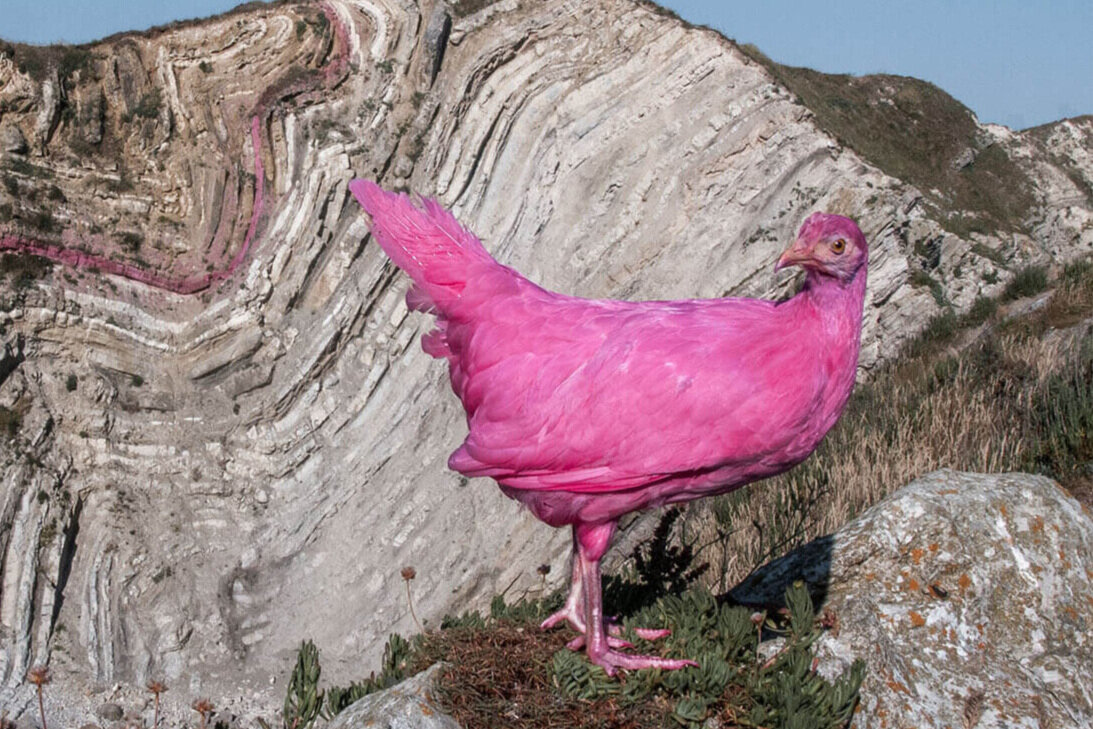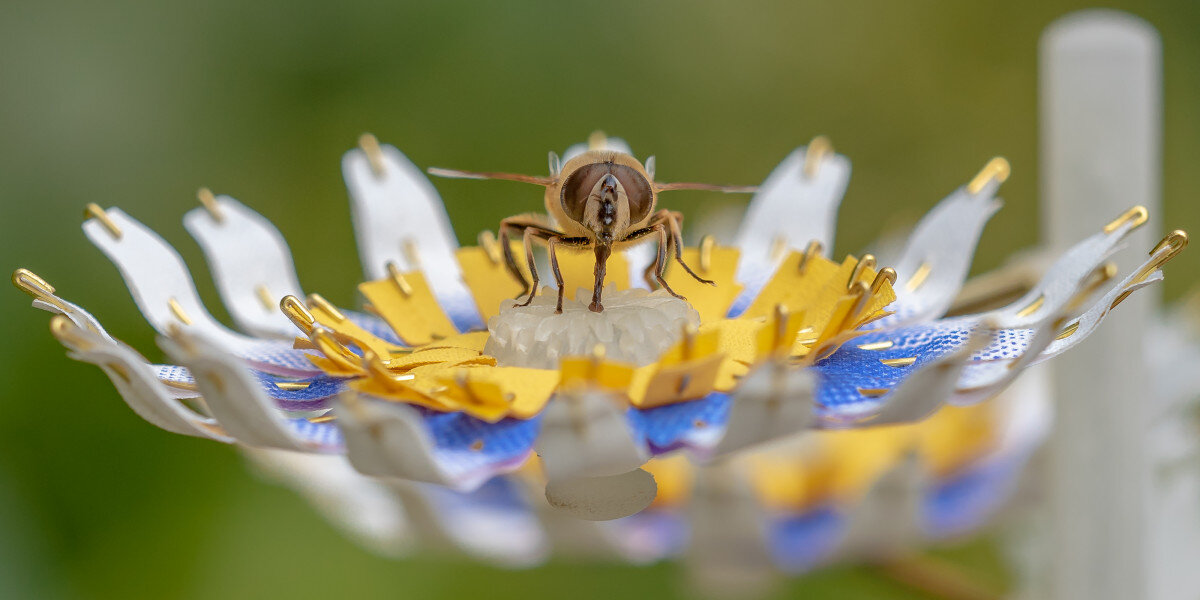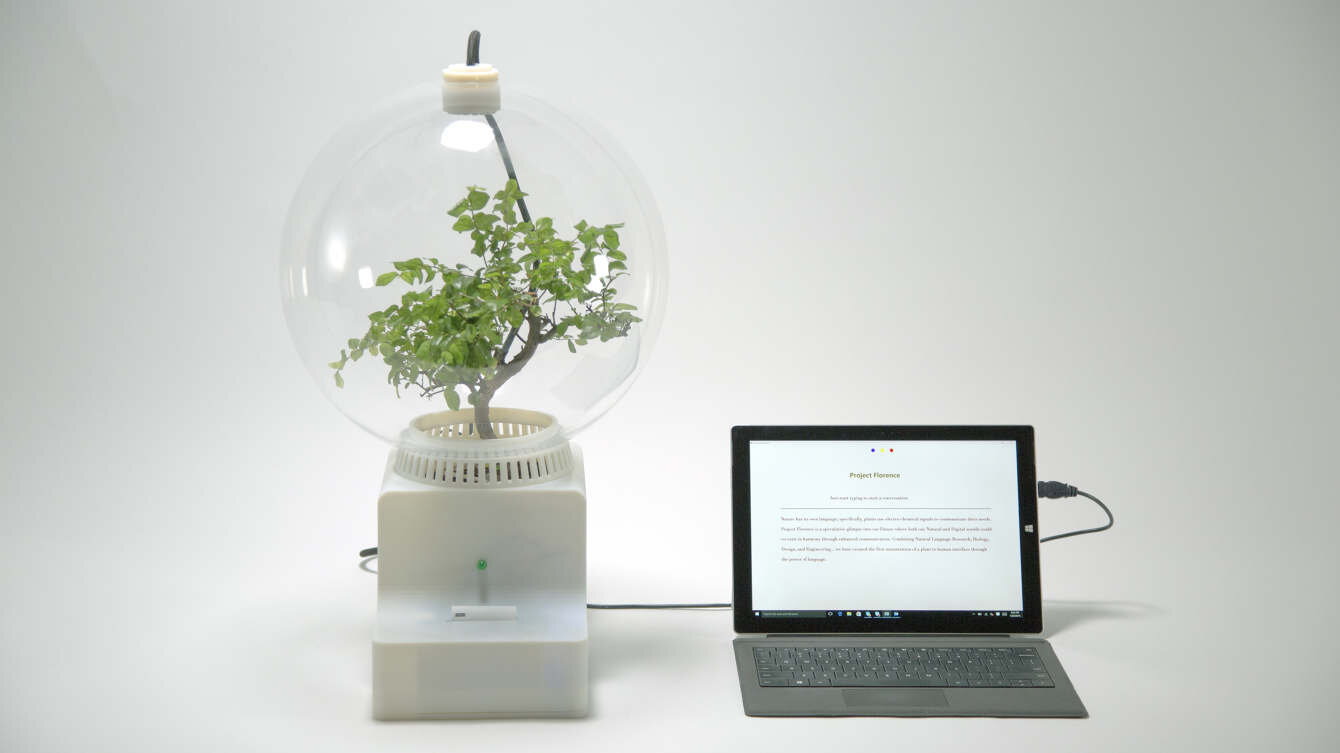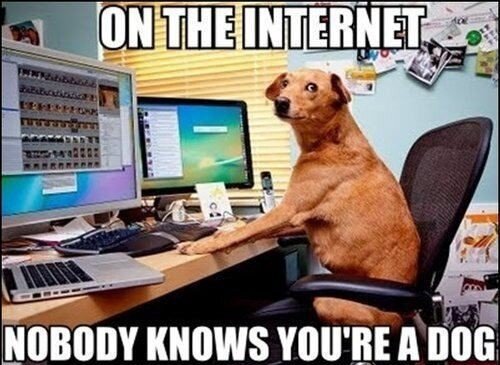From human-centred to interspecies design
Human-centred design is one of the most popular slogans among designers today. It is a commonly used term that refers to the practice of thinking carefully about the needs of the person who will use the to-be-designed product or service. Its roots stem in the early days of information and communication technologies emerging from the efforts to make computer interfaces easier to interact with for non-expert users.
While shaping more intuitive products seems like a wholly positive undertaking, there is a need to move beyond human-centred design towards an approach that takes into consideration not only humans, but the complete biosphere. According to Science Direct, biodiversity preservation is no longer just a concern for specialised biologists but is becoming a societal necessity if humanity is to have a stable future. Covid-19 is but one demonstration of how continuing to plan and design without engaging whole ecosystems can lead to reduced wellbeing for humans.
Human-shaped spaces
As humans, we share our environments with other species and influence their lives in subtle and more impactful ways. Starting from the most obvious, animals have been involved in interactions with human technologies such as scientific research, agriculture and military applications. Less deliberate and direct ways in which humans influence and change the lives of non-human species can be identified in western society where most spaces are designed to fit the needs of humans, rather than other agents of the ecosystem.
The Pink Chicken Project by Nonhuman Nonsense © the artists
The Pink Chicken Project by designer duo Nonhuman Nonsense is an example of a speculative scenario that looks at how the current human impact on the world will be seen over a longer period of time. It is based on the factual observation that due to its popularity and common availability, the bones of the 60 billion chickens that are killed every year will leave a distinct trace in the Earth’s crust, marking the age of the Anthropocene. By suggesting to genetically modify the colour of the entire species of chicken to pink, the project imagines that the scattered chicken remains would form a geological fossil record of humankind in the future, showing up as a pink layer in the rock strata of the Earth. As a critic to the way human actions have altered the earth, it is a political statement to fight the anthropocentric violence forced upon the non-human world.
Using Non-Human Centred Design methods, design students Mathieu Andries and Mathis Morin developed a concept that could help avoid the millions of bird deaths caused by building windows in cities. The design (invisible to the human eye) could be a solution to the many glass windows in urban spaces, taking into consideration the needs of birds. Calcite minerals are added into the windows which have the properties of being translucent – allowing light to pass through, but also emitting UV waves that are visible to birds, thus warning them of an obstacle ahead. By acknowledging that urban spaces are used by non-human species too, designers and architects can create safer spaces for human and non-human species alike to thrive in co-existence.
Highlight the invisible by Mathieu Andries and Athis Moris © the artists
Dutch designer Matilde Boelhouwer is another example of a designer who looks beyond what she can do for humans and instead focuses on other species that will have positive secondary effects on humans. We now know that rewilding cities is not only beneficial for biodiversity in urban spaces, and thus the recovery of the planet, but that it is also vital for the wellbeing of humans and has a positive impact on human-nature interactions. With her project ‘Insectology’, Mathilde has designed a series of artificial flowers that turn rain into sugar water, to serve as emergency food sources for city-dwelling insect pollinators. Examples such as these projects imagine possible futures in which species other than humans are considered when designing and planning cities. A whole-ecosystem inclusive design is vital for the healthy future of our planet, which will also impact the wellbeing of people.
Insectology: Food for Buzz by Mathilde Boelhouwer © the artist
Shifting the perspective of the client
Obviously, designing for humans is easier since they are the ones who commission project, thus communicating their desires for the design. Whereas designing for dolphins or ants, for example, and answering to their needs is much more difficult to achieve. So, it comes as no surprise that if you google “design for animals”, you will be shown search results of fluffy furniture for cats, toys for dogs and possibly some birdhouses. All these designs are focused on keeping animals in structures provided by humans with the intention to mimic their living standards and to adapt and duplicate human design for domesticated pets.
When designing for the wellbeing of non-human species, how can humans know what these non-human species need? What research and testing methods can designers make use of to design with and for animals and plants?
Interspecies Design
The notion of interspecies design positions the non-human participants as equal to humans. This participation requires a conversation between different users to take place, which can provide intricate insights when the participants are of different biology. Acknowledging agency to non-humans thus first requires humans to experiment with design approaches that help to hear and understand their ‘voices’.
Equine Eyes by Alan Hook © the artist
‘Equine eyes’ a speculative project by Alan Hook is a prototype that was developed to help designers understand how horses see. The project consists of a wearable headset to simulate horse vision. Horses have a 180° field of view with both eyes which give them a mostly monocular vision that crosses at the front giving a binocular overlap to experience depth. The headsets simulate this vision through two live camera feeds that are rendered to an immersive display to be experienced by the human wearer. The headset also removes all red from the colour range to simulate how a horse sees the world as a dichromatic colour range. Although we humans will never be able to experience what it is like to be a non-human animal, this is one example of a project that opens up a space where we can start to understand, and by extension consider the needs of non-human animals.
The Hammerhead and the Chameleon at the Liverpool Irish Festival, October 2015 by Cleary Connolly and Neil McKenzie © the artists
Animal Superpowers by Chris Woebken and Kenichi Okada © the artists
Other artists such as Cleary Connolly and Neil McKenzie with their ‘Meta-Perceptual Helmets’, Chris Woebken and Kenichi Okada with their ‘Animal Superpowers’ and Thomas Thwaites with his project ‘Goat Man’, are also considering ways to experience the world from a non-human perspective in an attempt to empathize with these species from a less human-centric point of view. Thomas Thwaites who built himself goat legs and experienced living amongst the animals, exactly like a goat for three days and even went as far as attempting to achieve a goat-like mind-set with the help of hallucinogens and transcranial magnetic stimulation.
Goat Man by Thomas Thwaites © the artist
Dutch designer Merle Bergers, on the other hand raises awareness of forms of non-human communication. Plants communicate and exchange complex information with each other and other organic species via molecules in the air. By producing signalling chemicals and releasing them into the air, plants summon insects for protection or in the contrary repel and defend themselves from unwanted nibbling on their leaves. In an installation, Merle Bergers, invites visitors to listen to plants communicating, through a scented fog allowing for many people to for the first time pay attention to what a plant is trying to tell them.
Lingua Planta by Merle Bergers © the artist
Helene Steiner goes further with her project Florence, by giving a speculative glimpse into a future where natural and digital worlds could co-exist enabling communication between plants and humans. Using enhanced digital communications to communicate with plants through their own language – electro-chemical signals – this project offers a perspective into a future where responses from plants could be measured at a tissue level creating the opportunity to understand what plants are “saying” and giving us the opportunity to “talk back” to them using a computer.
Florence by Helene Steiner © the artist
Inverting human spaces to fit non-human needs
In 2019, Andrés Lucero and Ilyena Hirskyj-Douglas researchers at the Aalto University, ran a speculative co-design workshop to question what it would mean to be a dog on the internet and how the dog internet should work. In their workshop, they questioned how the internet could help dogs connect with other dogs and how humans can design for non-humans who have very different needs and interact upon a different spectrum of awareness. Through imagining possible futures and ideas for dog-to-dog internet communication, the designers were provoked to ask conscious questions about the assumptions we hold of what a dog would value, how humans can evaluate the systems we design and what the best way is to meet the needs of non-human species.
How will interspecies design affect our future?
Interspecies design recognises the full range of non-human species diversity and most importantly includes and learns from them. Designers need to continue to design for a diversity of different species to participate. Understanding that non-human species at varying scales influence many aspects of human wellbeing, designers need to continue looking at the incredible insights that can be gained when other species are listened to. Participatory design where non-humans are engaged in the process of making is vital since the long-term survival of humans on Earth is intimately tied to the long-term survival of an immense diversity of species. It is possible then, to imagine a future of design in which the needs of non-human species are taken into greater consideration, if not equally assessed as those of humans.










